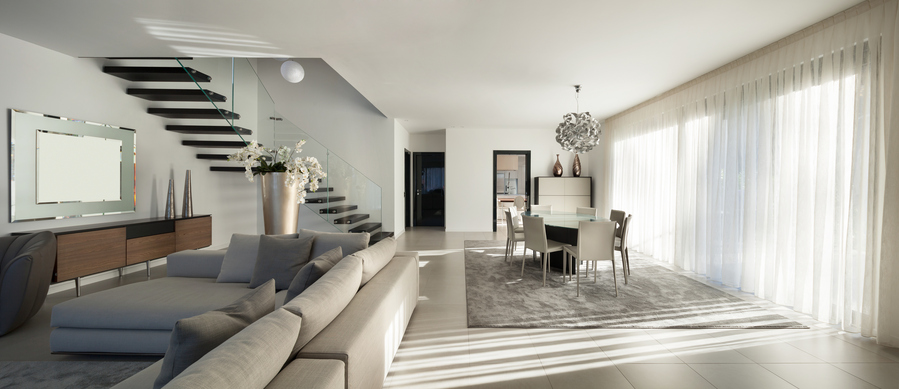The advantages of achieving a high star rating for your home are obvious - reduced utility bills, an increased value of your home and minimising your carbon footprint. What is less well-known is the steps you can take to achieve the best possible star rating for your new or renovated property.

What Makes a Good Design?
Regarding energy efficiency, good house design means using as little energy and water as possible to accommodate the occupants’ changing lifestyles and needs. Passive design helps create a naturally comfortable home that minimises the need for artificial heating and cooling.
Features of a Well-Designed Home
Try implementing as many of these features in your home to achieve the maximum possible star rating and energy efficiency performance.
Northern Orientation
If you are building a new home or redesigning an existing one, try to place the living areas on the northern side. The ideal orientation for living areas is within the range 15°W–20°E of true north but up to 20°W–30°E is acceptable because standard eaves will work in winter and summer. The low winter sun is used to warm the living areas and long walls of the house while in summer the high sun is kept off the house.
Wide Eaves, Verandahs and Awnings
If you don’t have the ideal orientation, you may still be able to keep the sun off the house in summer and reduce the temperature of the home by several degrees. Seek professional advice to find the ideal length of eaves, verandahs and awnings you will need to keep as much of the house shaded as possible in summer.
Natural Ventilation with Windows
Encourage summer breeze flow by using windows in internal living areas. If breeze flows past the house, a fence or dense planting can be used to trap the breeze and force it through large windows of a home. Use small, high windows for cross ventilation.
Minimise Size of Some Windows
While you want large windows on the northern side of your home, you want to reduce the size of your windows on all other sides. It is also worthwhile to glaze western windows or shade them with awnings to keep off the summer sun.
Ceiling Fans
Ceiling fans are the only electrical appliance that the star rating system will take into account when calculating the rating. Ceiling fans are cost and energy efficient for keeping bedrooms and living areas cool in summer.
Maximum Wall & Ceiling Insulation
Insulation has been used in Perth homes for decades. Use the best quality insulation available throughout the roof and wall spaces to keep the house cooler in summer and warmer in winter.
Building Materials Colour
The lighter the colour of your bricks and tiles, the less heat they will absorb in summer. Decide on your colour palette early so that everything matches and you aren’t tempted to use dark options at the end of the project.
Floor Coverings
By using concrete or tiles in your north facing living areas you can maximise the thermal mass and assist the natural heating and cooling. Other floor coverings don’t have the same thermal mass qualities.
Outdoor Living
To make entertaining as comfortable as possible, try to place your outdoor patio or alfresco on the northern side of the house. The area can take advantage of warming winter sun and you won’t be blinded by the western setting sun in summer.
At any stage of your build or renovation, Advanced Building Engineers can advise you of the steps you can take to improve the energy efficiency of your home. If you are looking for some advice or rating, get in touch with one of our experienced energy consultants.